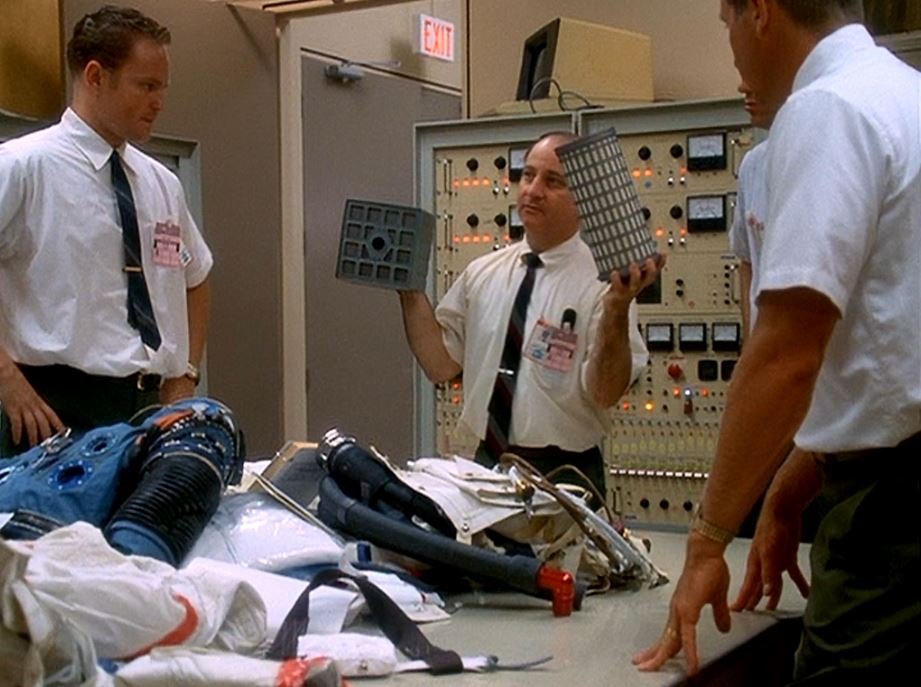Grow Fast, Breakeven, or Die: How Moderate Cuts Will Kill Startups in 2023
“Extend your runway.”
That’s what every VC is telling their portfolio companies these days. The very important part they’re leaving out, however, is, “But keep growing at the same pace before the cuts.”
In other words, they’re telling companies that, in order to get next round funding, they’re somehow supposed to stay the same fast growers they were before the tech downturn, but just do that longer and get to higher aggregate revenue and performance numbers.
If you don’t realize that, just imagine you’re a VC fund with some dry powder in the second half of 2023. Some companies will have been able to achieve that feat—and those companies will be the first ones to generate real post-crash FOMO.
Everyone else—why would they bother? The one question every VC needs to be able to answer on the way to getting to a “yes” is, “Can this return a big chunk of my fund one day?”
If you grew 15% year over year, how are they ever going to imagine that happening, especially when you know there will be a handful of companies that have seemingly done the impossible with less resources?
I’m very worried about any company that has moderate growth plans for 2023 that expects to get another round of financing based on that result. To me, that has a high chance of putting off the inevitable—running out of money during a fundraising process.
It might work against all your instincts, but I can’t help but wonder if the better strategy is to go full Thelma & Louise—to accelerate your growth enough to get noticed while you’re running down the cash.
You might say that’s crazy, but if you can achieve truly impressive unit profitable growth—being able to show that you can make money selling your stuff and you’ll eventually break even if you sell enough stuff, I can’t help but believe that someone’s not going to let you walk out that door without making a funding offer.
Whereas if you’ve got much moderate growth, you’ll look like a company they can afford to let walk away because that’s what everyone else looks like.
I can’t guarantee that stepping on the gas will get you that next round. What I will say is that if you’ve lowered growth to preserve capital, and you haven’t cut it down to the point where you’re on a path to breakeven without needing new capital, you need to think hard as to whether or not a having a little bit of growth is worth not being “default alive”.
Too many companies think they’re going to get a participation trophy for just hanging around longer than expected—and in a world where VCs will have spent more of their most recent fund propping up their own portfolio, there isn’t going to be as much capital for mediocre growth as founders are hoping.
Maybe the middle ground is not putting away your experiments.
I would figure out a way to default to breakeven while holding on to at least 2-3 real attempts at finding a growth hack that could change your story—one you could lean into hard if it worked.
A lot of times, this amounts to things the founders can do with time instead of money—channel partners, BD partnerships, or nights/weekends hackathon-style feature extensions that aren’t just things your current pipeline have asked for so you can pull revenue forward, but they potentially change the curve.
Think about it like that scene in Apollo 13 when you only have a finite amount of parts and they all need to fit together in a certain way.
Sit your team down and say, “What’s the most repeatable revenue you could buy for X% of our remaining budget? Every idea is on the table. No idea is too crazy.”
At least then you give your company a chance at standing out from the crowd and showing at least one or two pieces of proof that, if leaned into, your company could generate enough revenue to return a fund.






